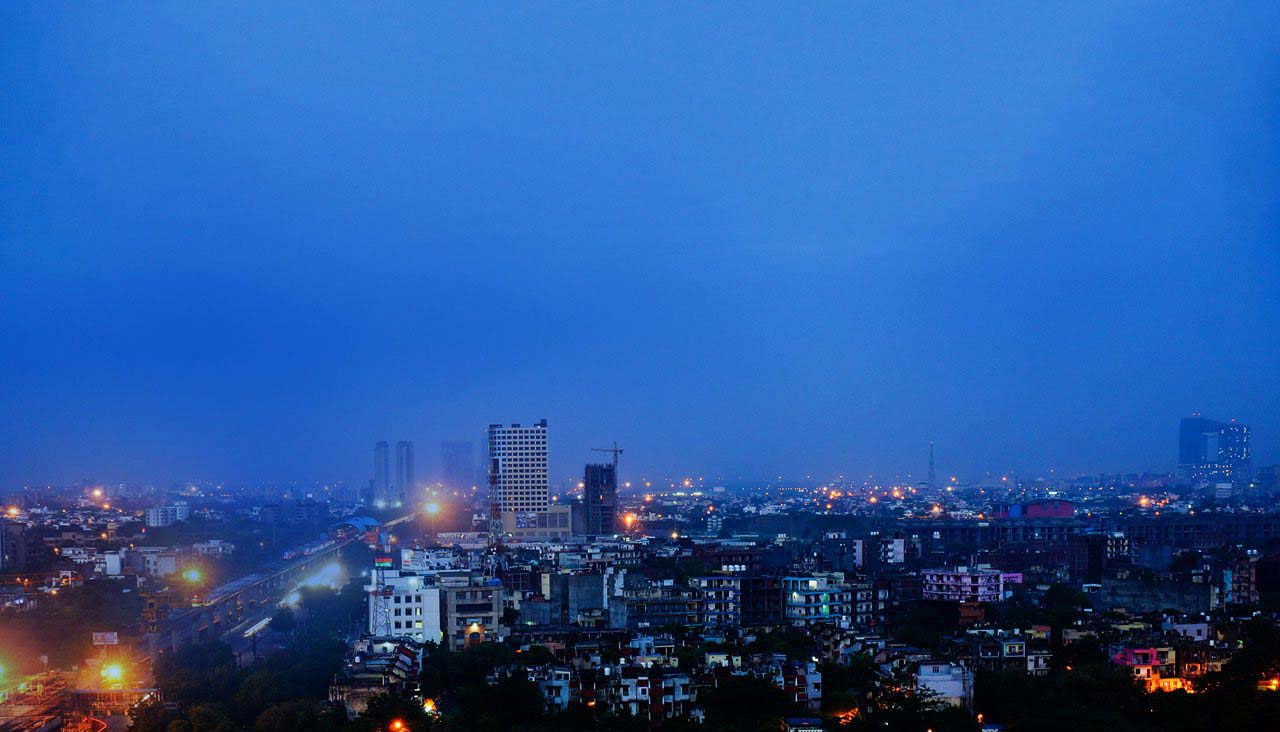Tata Power Solar’s journey of enabling solar everywhere is incomplete without the chapter on Chhattisgarh. Located centrally in the dense forests of Chhattisgarh, the tribal community here continues to be a very isolated one that is rendered unreachable due to the lack of infrastructure. For an extended period of time, this place has continued to remain removed from the rest of civilization and all the while these tribal communities have been deprived of basic necessities with absolutely no access to power. Whether building a microgrid from scratch or retrofitting an existing diesel microgrid, we can assist you in developing an optimal solution for microgrid solar systems. Tata Power Solar led a campaign in this region to make solar available in over 400 villages with 10,000+ installations generating over 14,000 kWh of energy per year – making Chhattisgarh a monumental flagship project to reckon with.
Tata Power Solar, as part of the projects outlined above, has set up over 100 microgrids solar systems in a phased approach across the many villages spanning the Chhattisgarh forests. This project has posed many challenges such as the accessibility of these villages, acceptance by local community which Tata Power Solar was able to preemptively account for and solve. This has made this particular project a huge success and changed lives of the people in Chhattisgarh. Today it is a tale to tell.
The acceptance by the tribal communities made the successful implementation and execution of microgrid solar systems project by the Tata Power Solar an exemplary example of the flawless execution by the Tata Power Solar team.
Tata Power Solar continues to enthrall communities with extensive expertise in microgrids projects in India that are remote and terrains that pose profound challenges. Sundarbans is yet another success story of seamless planning and smart execution by Tata Power Solar with strict adherence to agreed budgets and allotted timeline.
Travelling from Howrah for 81 kms taking a 90 minutes ferry ride from Patharpratima, is what takes one to the beautiful village of Indrapur, in Sundarbans which leaves you spellbound. A very agile and densely packed village that does most of its business to and from the ferry dock, they manage to go about their day-to-day activities in very limited sunlight with almost next to none grid connected homes.
Tata Power Solar successfully custom designed, engineered and installed a 110 kW solar plant that was commissioned in March 2011. The grid matches the average sunlight that the village gets 1 bright day followed by 1 cloudy day. Tata Power Solar has skillfully designed a solar powered grid that is simple, easy to use & maintain and manages to do all this at a very low cost of implementation. For a community that is remote and removed from civilization, Tata Power Solar has successfully provided Indrapur an economically viable and sustainable source of energy.
The tough terrain of Ladakh is like a second home for Tata Power Solar. The company has successfully commissioned the maximum number of large, standalone power plant installations in this region including a 40 kWp plant at Nuyoma, 100 kWp plants at Durbukand and a 35 kWp plant at Hanley. The project at Hanley featured here is the second project being commissioned by Tata Power Solar for the same client at the same location which reflects customer confidence in Tata Power Solar’s expertise in such difficult terrains.
Indian Institute of Astrophysics (IIAP), Bangalore wanted Tata Power Solar to build a 35 kWp solar plant at the IIAP Observatory at Hanley, Leh to power India’s highest telescope. A 2M telescope, sitting atop at the highest altitude in India is operated remotely. To power this telescope, Tata Power Solar designed and developed a solar plant in a record time of nine months to be commissioned in 2005. This 35 kWp plant supports the power requirements of IIAP observatory, which is used for solar and stellar observation.
This project is unique for its location, the purpose for which it was built reflects Tata Power Solar team’s capabilities to account for complexities that arise due to altitude as well as the end application it supports.




27 years and counting: the Tata Power Solar journey at a glance, a history rich with experience and achievements.

Here are all the latest happenings from the world of Tata Power Solar